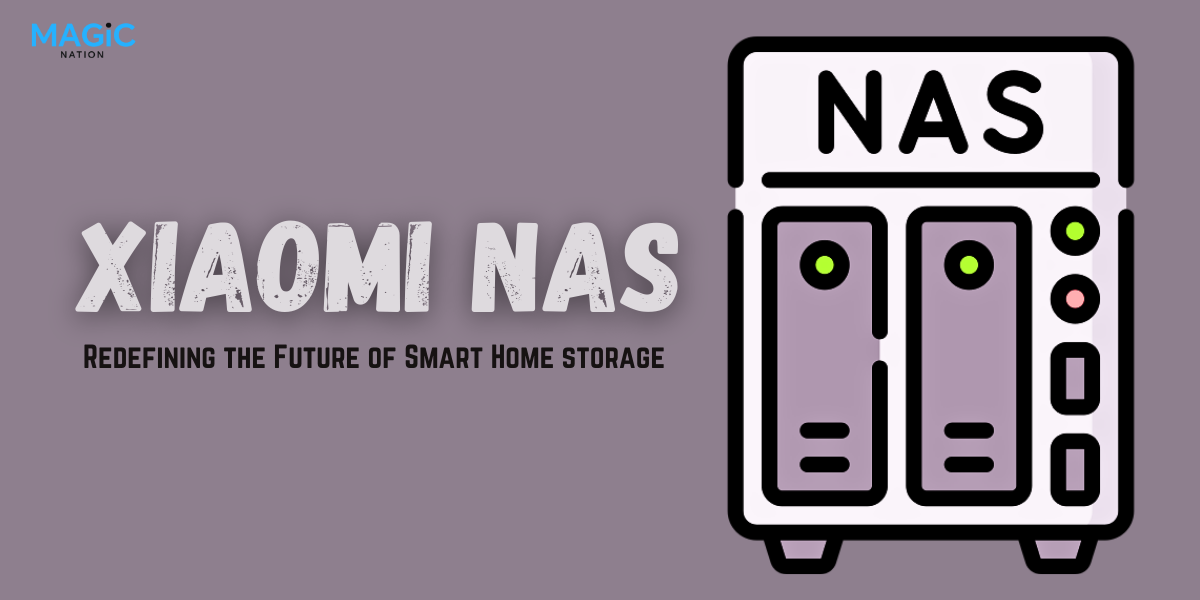
Active Satellites Count
As of June 19, 2024, there are 10,019 active satellites orbiting Earth, with Starlink accounting for 6,646 of these. This marks a significant increase from previous years, with the number of operational satellites growing by nearly 30% annually since 2020. The rapid expansion is largely driven by commercial space ventures, particularly those focused on global communications and internet services. Companies like SpaceX, OneWeb, and Amazon's Project Kuiper are at the forefront of this satellite boom, with plans to launch thousands more in the coming years.

Orbital Distribution
The majority of satellites occupy Low Earth Orbit (LEO), accounting for 84% of the total, while 12% are in Geostationary Orbit (GEO) and 3% in Medium Earth Orbit (MEO). LEO is particularly favored for small satellites due to lower launch costs and shorter signal travel times, making it advantageous for communication and Internet of Things (IoT) applications. This distribution reflects the growing trend of deploying large constellations of smaller satellites in lower orbits to provide global coverage for various services.

Satellite Purposes
The majority of active satellites serve communication purposes, with 3,135 dedicated to this function. Earth observation follows with 1,052 satellites, while technology development accounts for 383. Navigation and space science missions utilize 154 and 108 satellites respectively. This distribution reflects the growing demand for global connectivity and real-time Earth monitoring. Notably, small satellites dominate these missions, with 80% of communications satellites and 79% of technology development satellites having launch masses below 300 kg. The prevalence of smaller, more cost-effective satellites has enabled a wider range of countries and organizations to participate in space activities, with satellites now registered in 105 countries or multinational organizations

Space Debris Risks
The surge in satellite deployments has led to a significant increase in space debris and collision risks. Nearly 3,200 rocket stages and 13,326 pieces of debris are currently tracked in orbit, representing only a fraction of the estimated million pieces measuring a centimeter or more. Look Up Space detects almost a thousand collision risks daily with a probability greater than one in a million, and between 50 and 100 risks with a probability greater than one in 100,000. This growing hazard necessitates advanced tracking systems and collision avoidance strategies to ensure the safety and longevity of operational satellites and future space missions.











